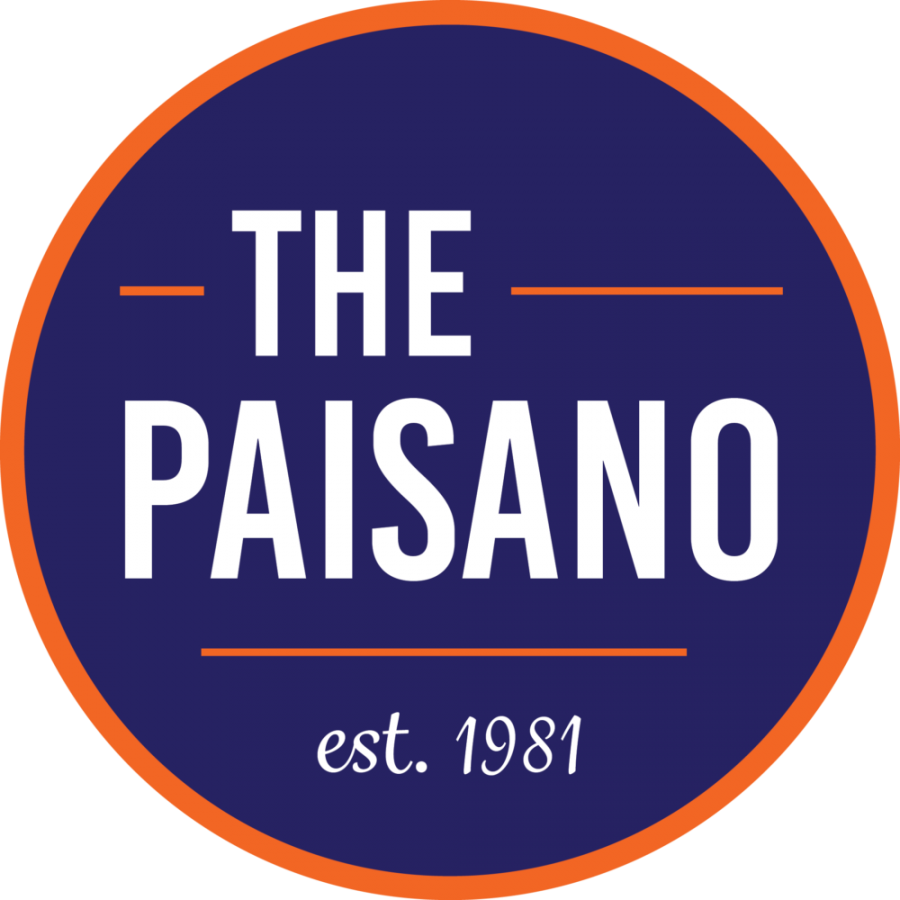The food culture in America is primarily fast foods high in fat and energy (calories) and provide inadequate nutritional value. Unfortunately, the vast majority of students at UTSA exemplify this. Some of the problems that students face are either a lack of transportation to local grocery stores or the capital to afford healthier options. Walking through the campus at UTSA you see lots of people with fast food bags, usually filled with fried chicken, hamburgers, french fries, or a combination of sorts. While these foods yield a lot of energy, they’re also packed with unnecessary saturated fats that provide little nutritional value. Eating such food will, over time, increase the risk of cardiovascular disease, hypertension, diabetes, and stroke. Immediate effects of these energy dense nutrients will cause excess weight gain. While fats are necessary to produce important hormones and necessary for absorption of fat soluble nutrients, excess fats can cause undue stress on your organs and push your body into a downward spiral of health complications.
Drive the change:
There are healthier options but currently the demand for these options are derived from a small percentage of the community and many of the options are not nearly as healthy as they may seem. “Healthier” options are often pre-cooked or pre-packaged and the nutritional value of the food has been degraded. To increase healthy options availability, we as consumers need to make better choices and change our eating habits. For students living on a budget I suggest, instead of purchasing food from vendors at school, go to your local grocery store and search for whole foods such as oats, quinoa, lentils, dried beans, cashews, almonds, pecans, or just about anything in the produce aisle. If transportation is an issue, try networking with someone who can provide you with transportation and encourage them to eat healthier as well.
Make a shake:
As students, we are constantly pressed for time, so a fast and easy breakfast idea is to make a shake. I suggest cutting up and freezing your favorite fruits and saving them for a delicious fruit smoothie. Some good ways to add nutritional value to your smoothie is to put quinoa, pecans, pumpkin seeds, oats, and add some greens such as spinach or kale. Some of these ingredients, like quinoa, might not sound appetizing in a shake, though the right balance of ingredients will help. Quinoa has a bland flavor and mixed with more dominant flavors such as bananas, strawberries or blueberries, will diminish the taste entirely. Mixing in oats and spinach can provide a balanced flavor to your smoothie and leave you full and energized for the day. When adding kale to your smoothie, be careful as kale does have a strong flavor. In this case, a little bit goes a long way.
My challenge to you:
So I encourage you to eat four healthy foods a day. A healthy food would be something that is nutrient dense (containing a large amount of vitamins and minerals with less calories). Some of these items are things you can pack in your backpack and snack on while studying, such as pistachios, cashews, almonds, granola, and apples. Make a habit of packing at least two or three healthy snacks a day. Give it a try and see the transformation in your decision making about the foods you eat. You will be surprised how easy and fulfilling it is to eat healthy, nutrient rich foods. Good luck and happy eating!
Author bio:
I am currently a pre-nutrition dietetics major and have been blogging about nutrition for the past year. I research information on valuable nutrients we eat and how they play a role in the proper functioning of our body. I also have five years prior experience in the culinary field that has helped me on my journey of making healthy food taste good. For me, eating healthy is a way of life, each day bringing a new adventure of different foods and different ideas of how to make myself and others around me healthier.






